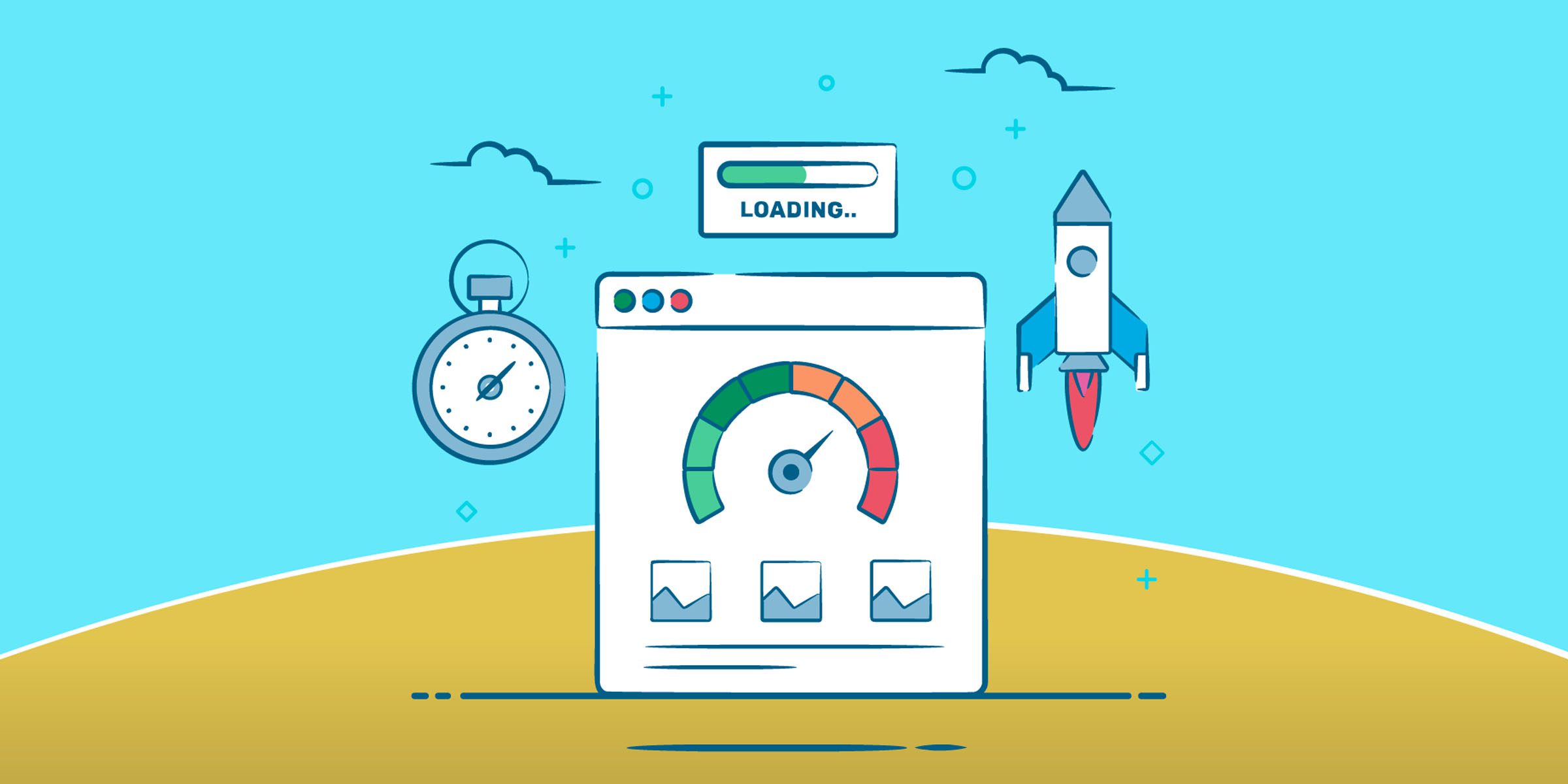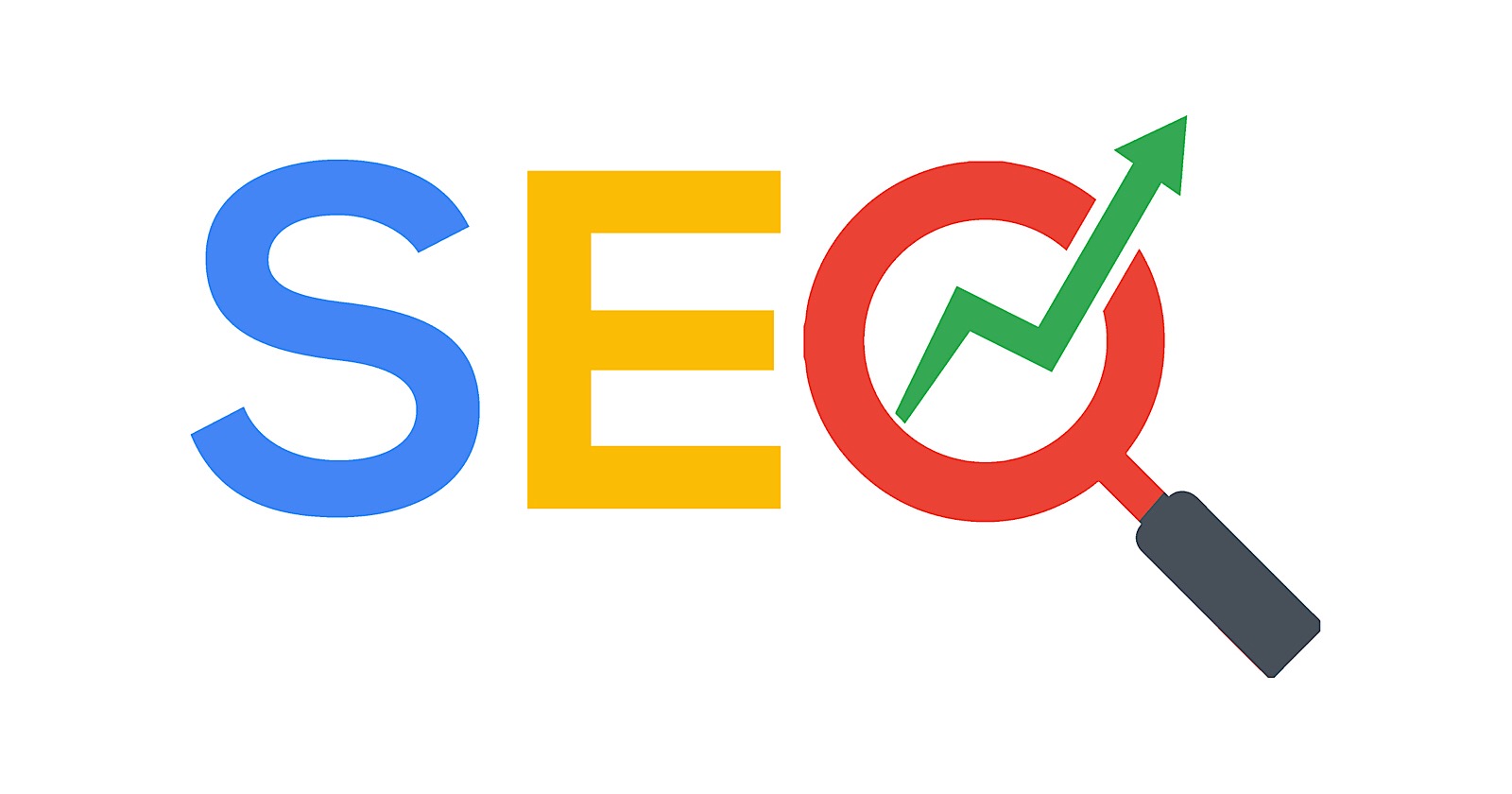DATE
2024-04-10
CATEGORY
Web Development
READING TIME
8 minutes
How to Make Your Website Load Faster: Essential Tips and Techniques
Implement these techniques to ensure your website loads quickly and efficiently. A fast website enhances user experience, improves SEO, and can lead to higher conversion rates. For professional web development services, contact Oflyne today. Our experts are ready to help you optimize your site for maximum performance.
READ MORE

Introduction
A fast-loading website is crucial for user experience and SEO. Slow load times can lead to higher bounce rates and lower search engine rankings. Here are essential tips and techniques to speed up your website and ensure it performs at its best.
Optimize Images
Reduce image sizes without compromising quality using tools like TinyPNG or ImageOptim. Large images can significantly slow down your website. Use appropriate image formats (JPEG for photos, PNG for graphics with transparency) and compress images to reduce their file size.
Leverage Browser Caching
Enable browser caching to store website resources on the user's device for faster load times on subsequent visits. This reduces the amount of data that needs to be downloaded each time a user visits your site. Set an appropriate cache expiration period to ensure users always have the latest content.
Minify CSS, JavaScript, and HTML
Minify your CSS, JavaScript, and HTML files to reduce file sizes and improve load times. Minification removes unnecessary characters like spaces, commas, and comments from your code, making it leaner and faster to load. Tools like UglifyJS and CSSNano can help automate this process.
Use a Content Delivery Network (CDN)
Distribute your content across multiple servers worldwide to reduce latency and improve load times. A CDN caches your content in various locations around the globe, ensuring users receive data from the server closest to them. This significantly speeds up the delivery of your website content.
Enable Compression
Enable Gzip compression to decrease the size of your files and speed up your site. Gzip compresses your HTML, CSS, and JavaScript files, reducing their size and the time it takes for them to be transferred to the user's browser. Most modern web servers support Gzip compression.
Reduce Redirects
Minimize the number of redirects to improve load times and user experience. Each redirect creates additional HTTP requests and increases the load time. Simplify your site architecture and avoid unnecessary redirects wherever possible.
Prioritize Above-the-Fold Content
Load critical content first to improve perceived load times. Above-the-fold content is the part of your website that users see without scrolling. Prioritizing its loading can improve user experience by making your site appear faster. Use asynchronous loading for non-critical resources.
Optimize Server Response Time
Choose a reliable hosting provider and optimize your server for better performance. Server response time is a key factor in your site's load speed. Monitor and optimize your server's performance to ensure quick responses to user requests. Consider upgrading to a faster hosting plan if necessary.
Conclusion
Implement these techniques to ensure your website loads quickly and efficiently. A fast website enhances user experience, improves SEO, and can lead to higher conversion rates. For professional web development services, contact Oflyne today. Our experts are ready to help you optimize your site for maximum performance.


